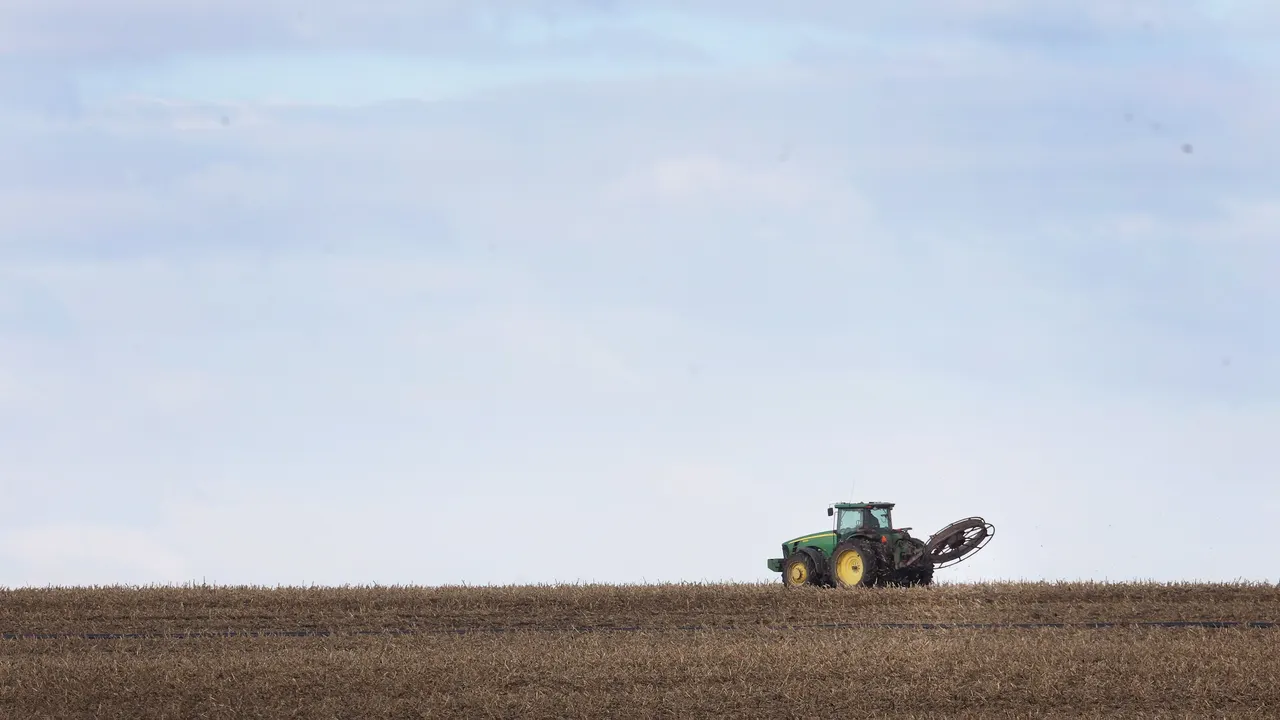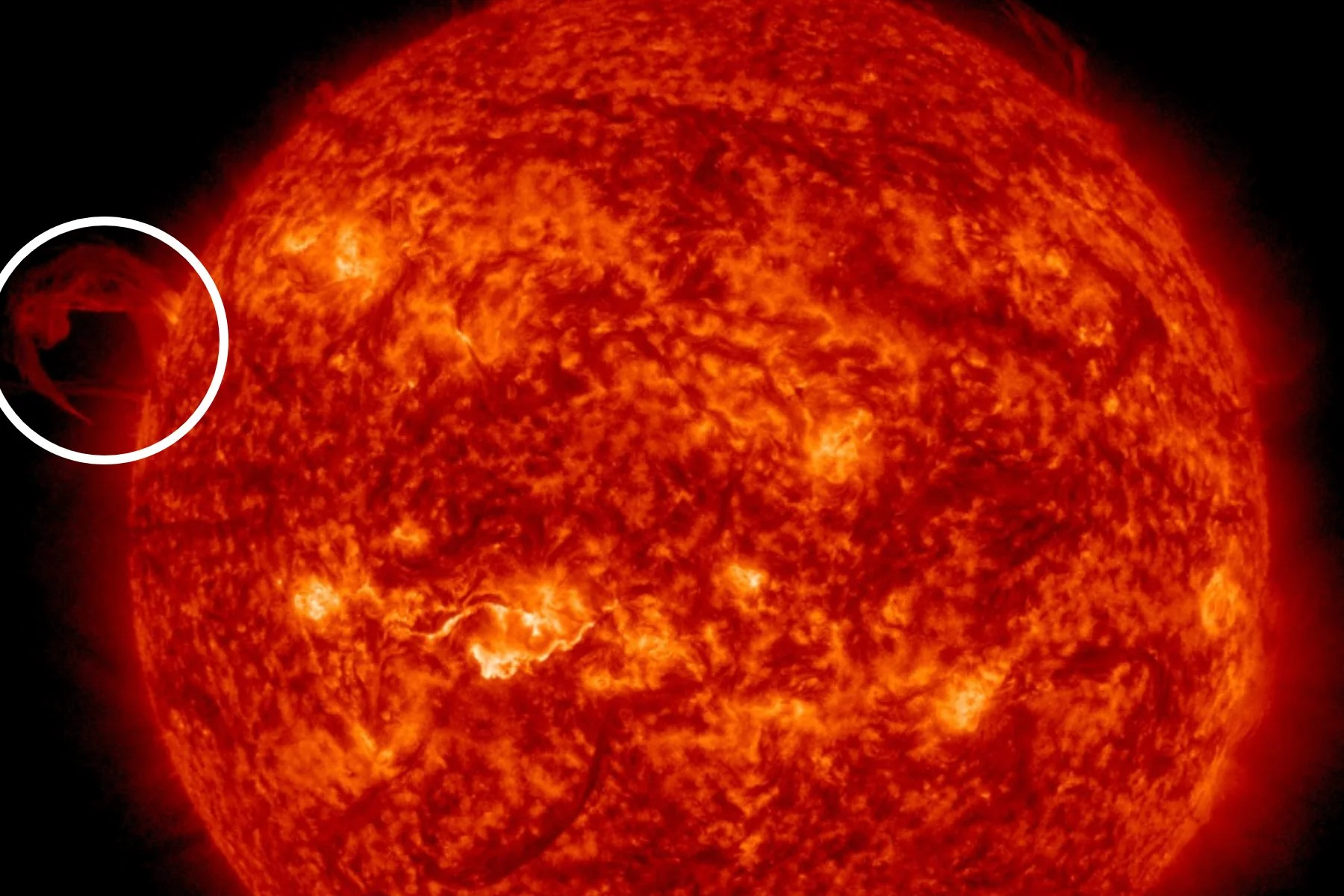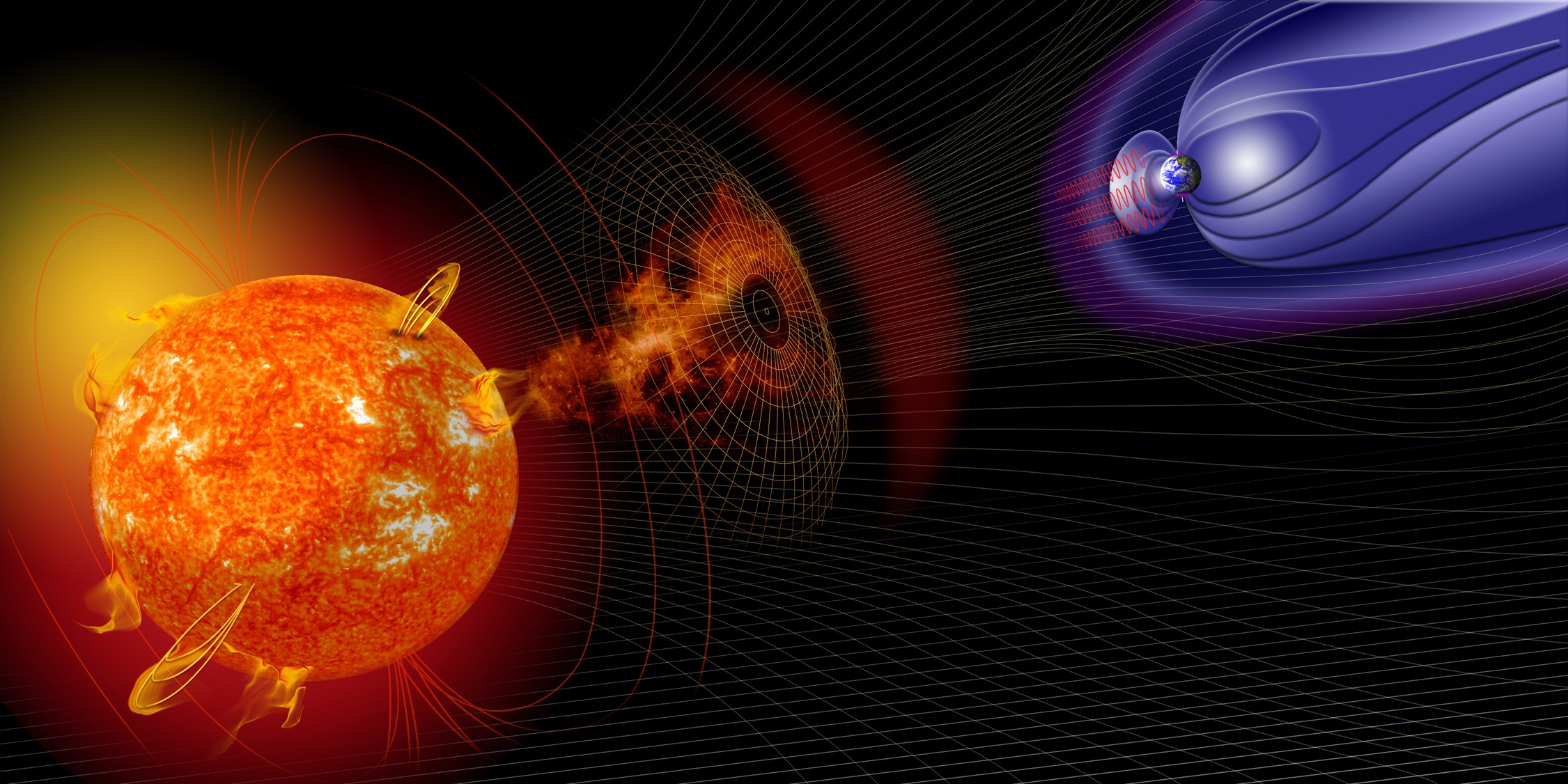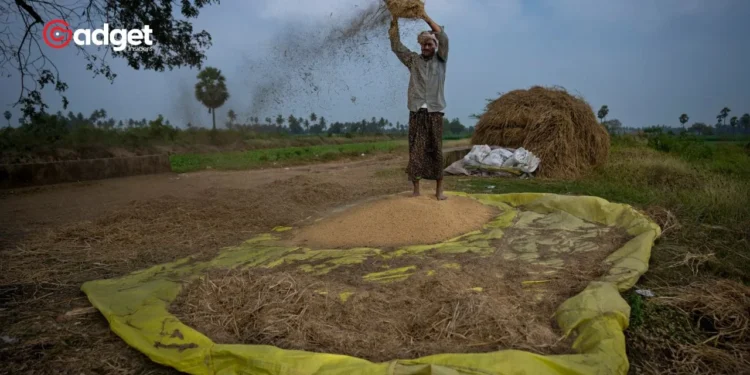In the world of agriculture, farmers using advanced technologies such as GPS-guided tractors have transformed farming into a precise art. These modern marvels, essential for planting crops in perfectly straight lines, are a testament to how far the industry has come. However, the recent surge in solar activity has cast a shadow over this progress.
According to 404 Media, a significant geomagnetic storm has disrupted the GPS systems crucial for the operation of high-tech tractors from brands like John Deere, causing substantial inconvenience and potential financial loss for farmers.

The Core of the Crisis for Farmers
As solar storms enhance, their capacity to interfere with electromagnetic fields on Earth becomes more pronounced. This weekend, the storm reached G5 levels—the classification for extreme geomagnetic storms—making it the most severe such event in the past two decades.
The timing couldn’t be worse. It’s peak planting season for farmers as crops like corn, and the precision required for this task is currently jeopardized.
John Deere tractors, which are equipped with Real-Time Kinematic (RTK) systems, are particularly affected. These systems enable farmers to plant seeds with centimeter-level accuracy. However, disruptions in GPS signals mean these tractors are now unable to perform with their usual precision.
“We expect that the rows won’t be where the AutoPath lines think they are,” stated a representative from Landmark Implement, a John Deere dealership owner, highlighting the potential chaos come harvest time.
The Morning After: Those geomagnetic storms are messing with farming tech’s GPS systems https://t.co/mJFCm3TcEO
— Engadget (@engadget) May 13, 2024
The Human Element
The impact is not just technological but profoundly human. Farmers like Kevin Kenney from Nebraska find themselves at a standstill, with their tractors “sitting at the ends of the field right now shut down because of the solar storm.”
This halt is not just a minor setback but a critical interruption during one of the most crucial times of the agricultural calendar.

Adapting to Unforeseen Challenges
Despite the disruptions, some farmers are pressing on, hoping for the best. This resilience is emblematic of the agricultural community’s spirit but does not mitigate the need for solutions.
The ongoing challenge highlights the vulnerability of modern farming to space weather and the need for innovations that can shield essential technologies from such unpredictable events.
As the geomagnetic storm is expected to surge again, the agricultural sector for farmers holds its breath, awaiting the impact. While the phenomenon offers a spectacular display of the northern lights, for farmers, it presents a serious threat to their livelihood, one that could have ramifications long into the future.

Looking Forward
This event serves as a critical reminder to the farmers about the fragility of our advanced systems and the ever-present need to refine and improve our technologies to withstand the whims of nature.
As we advance, the intersection of technology and traditional farming must evolve to not only enhance productivity but also ensure reliability in the face of cosmic disturbances.










